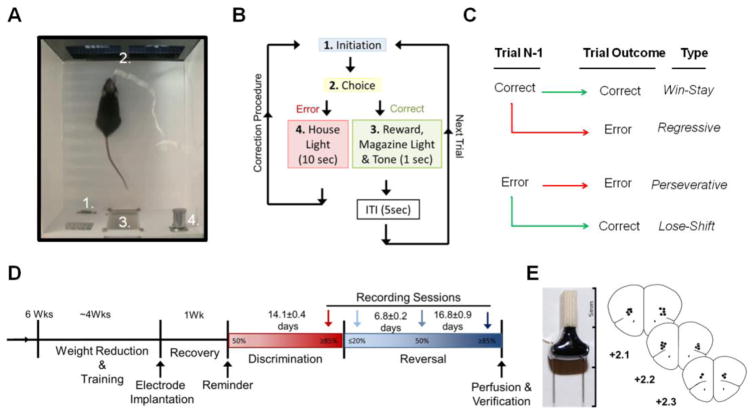Figure 1. Behavioral Paradigm and Recording Sessions Timeline.
A–B. Trials were initiated through a lever press (1) which led to onset of pairwise visual stimuli on a touch-sensitive screen (2). Touch of the rewarded stimulus resulted in delivery of reward in the magazine (3) concomitant with 1 sec tone (3b) and illumination of the magazine light. Touches at the unrewarded led to illumination of the house light (4) for 10 sec. for an incorrect response. Error choices were followed by correction trials in which a subsequent initiation led to the stimuli presented in the same spatial orientation until a correct response was made to prevent side-bias and measure perseveration. C. Trials were sorted into four distinct categories, based on the outcome of the previous trial: rewarded trial following rewarded trial= win-stay, rewarded trial following error= lose-shift, error trial following error trial= perseverative, and error trial following rewarded trial= regressive. Trial types can also be generally categorized by outcome (rewarded vs. unrewarded) and strategy (stay vs. switch). D. After training and electrode implantation mice were recorded at 4 distinct learning stage. Discrimination and Reversal criterion= ≥85% correct, Early reversal= First session of reversal with performance <20% correct, Chance reversal= ~50% correct. Recording sessions are marked by arrows. E. Array image and verification of electrode placement with each point representing the midpoint location of the electrode bundle. Adapted from (Paxinos and Franklin, 2001).

